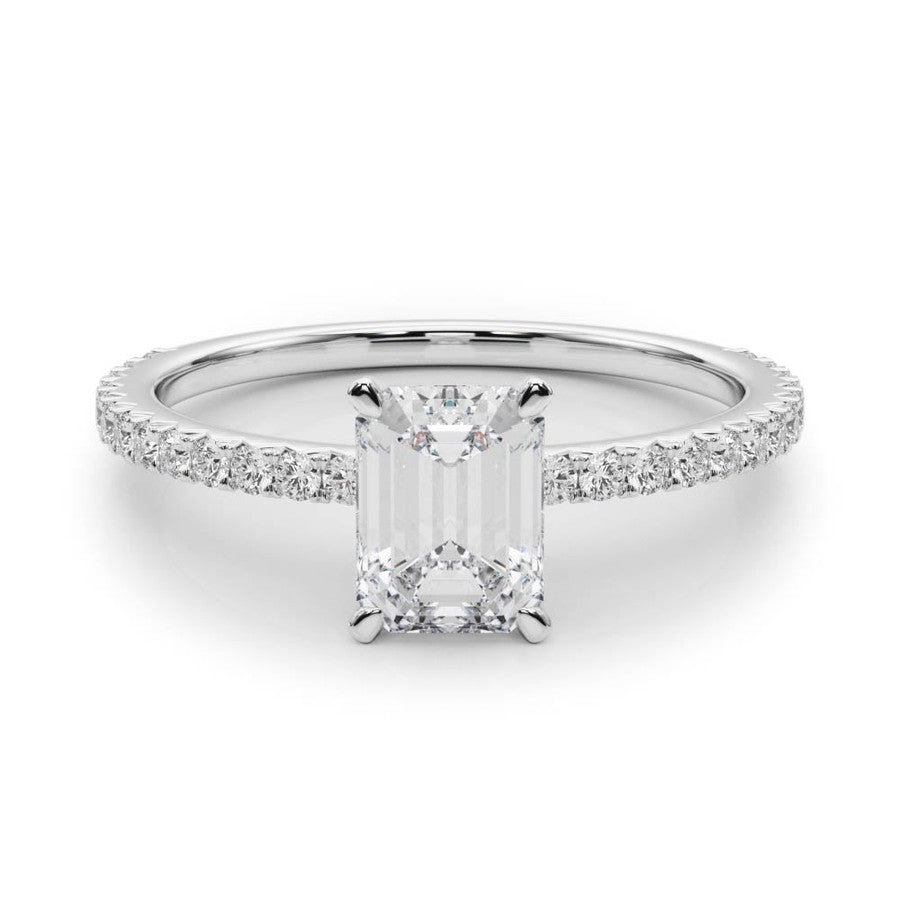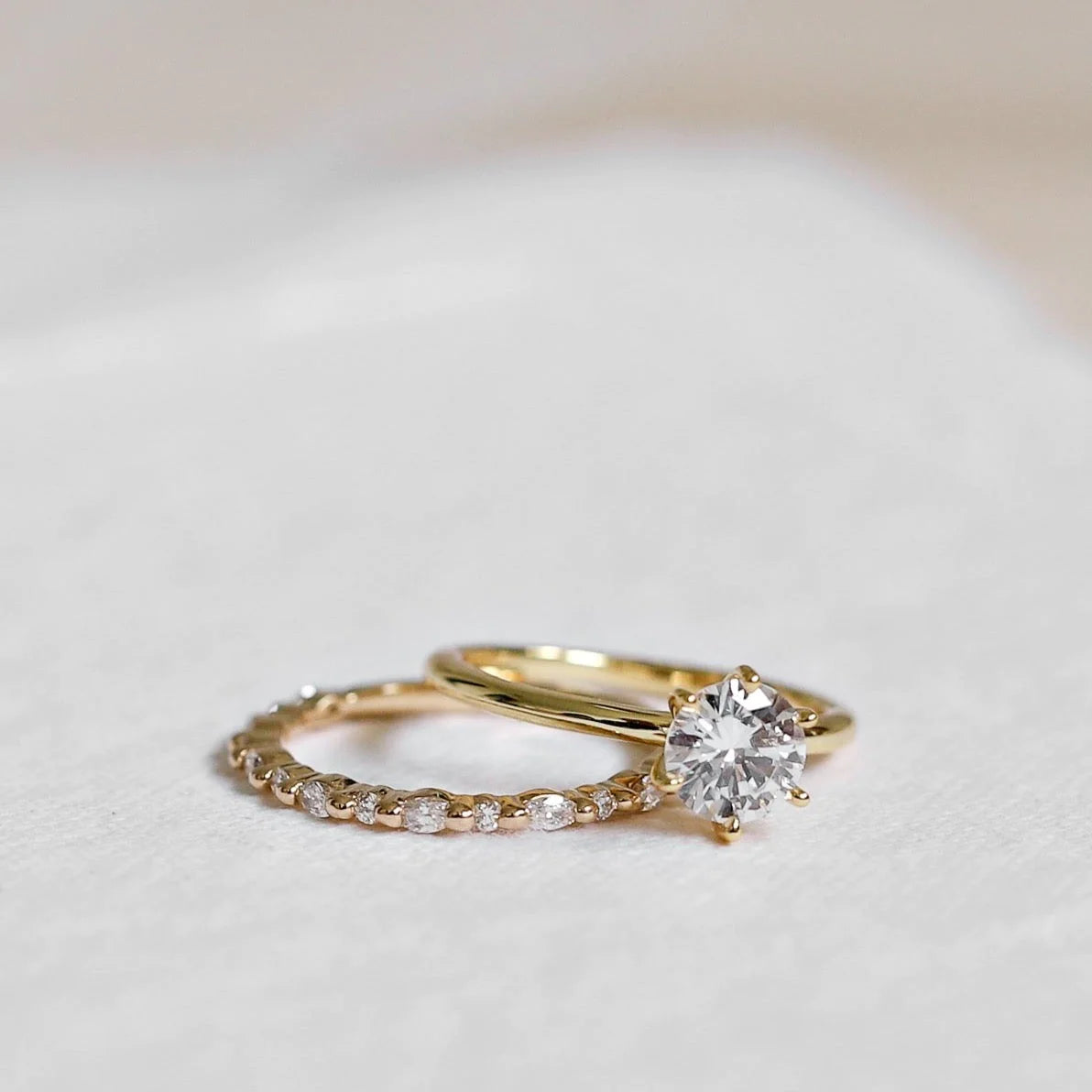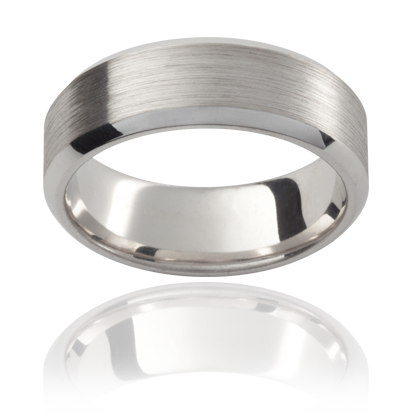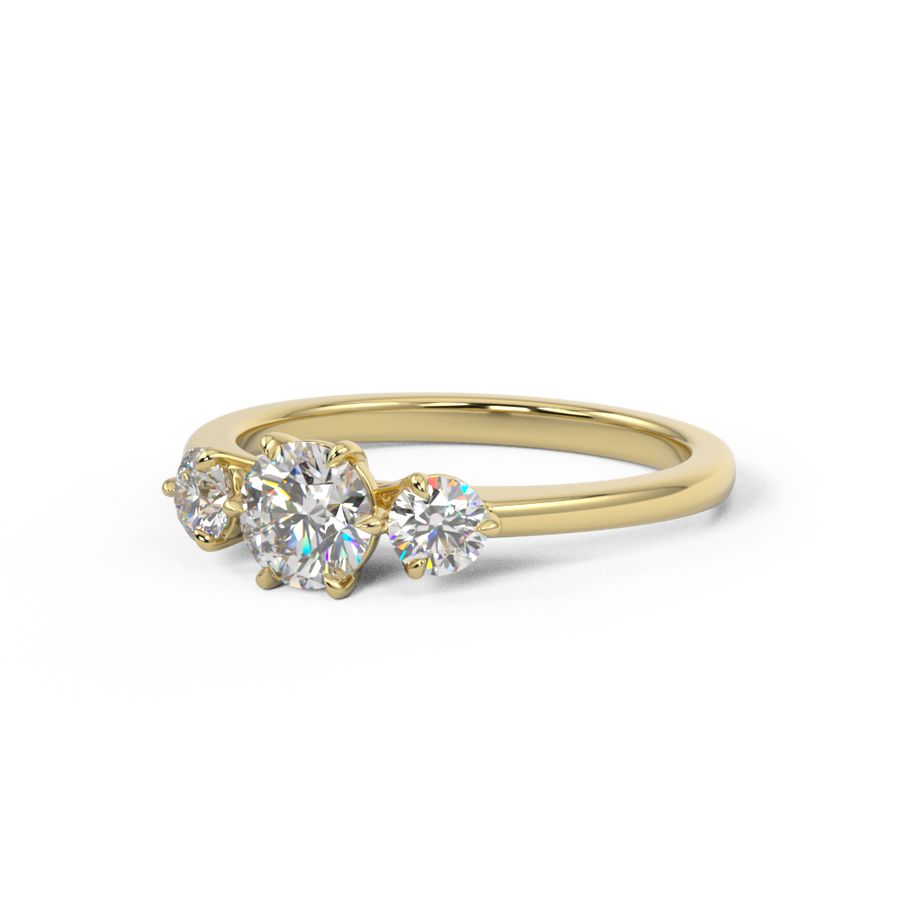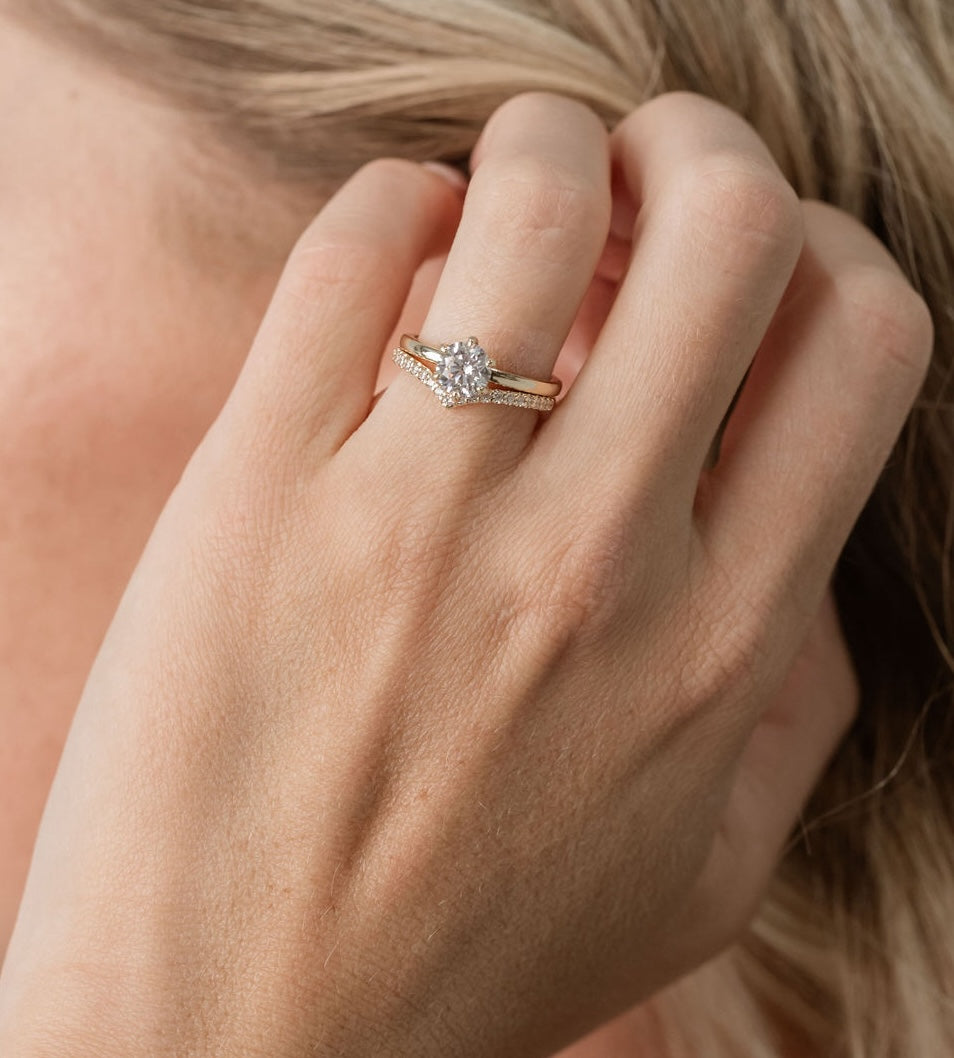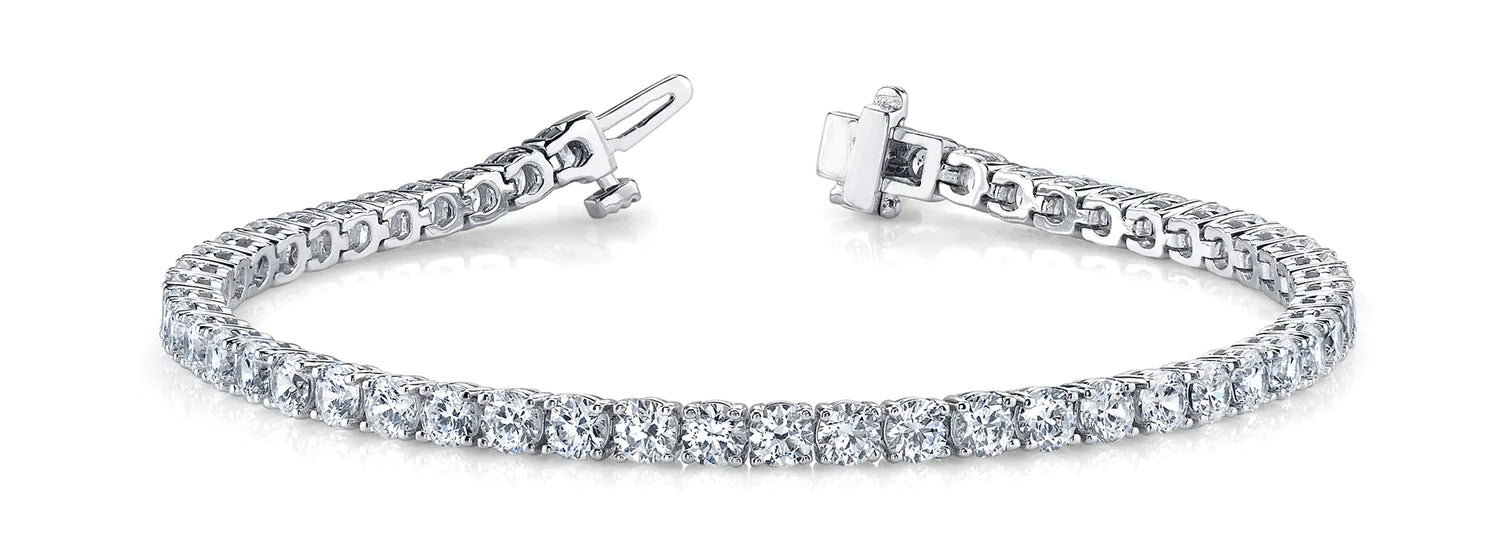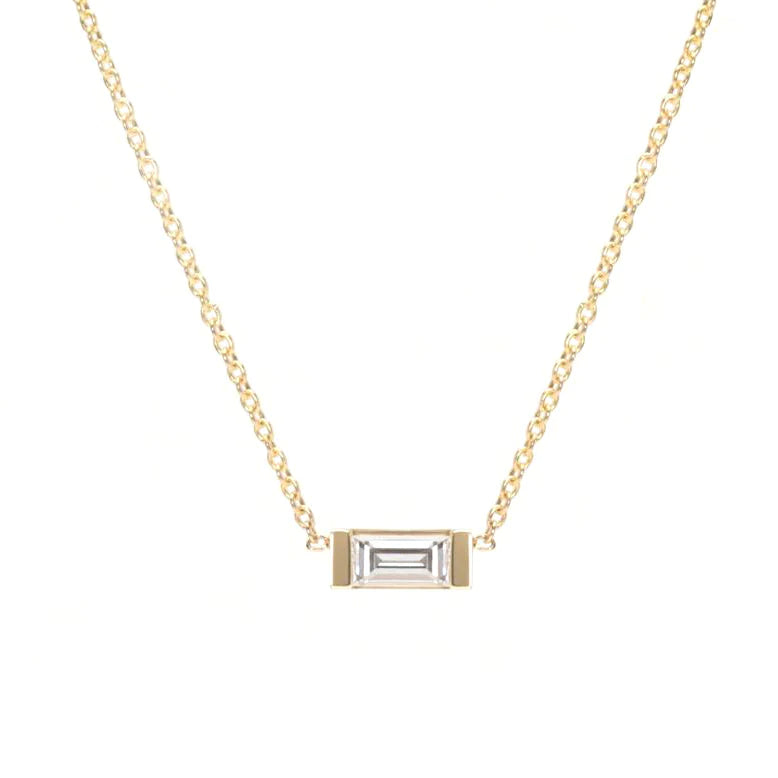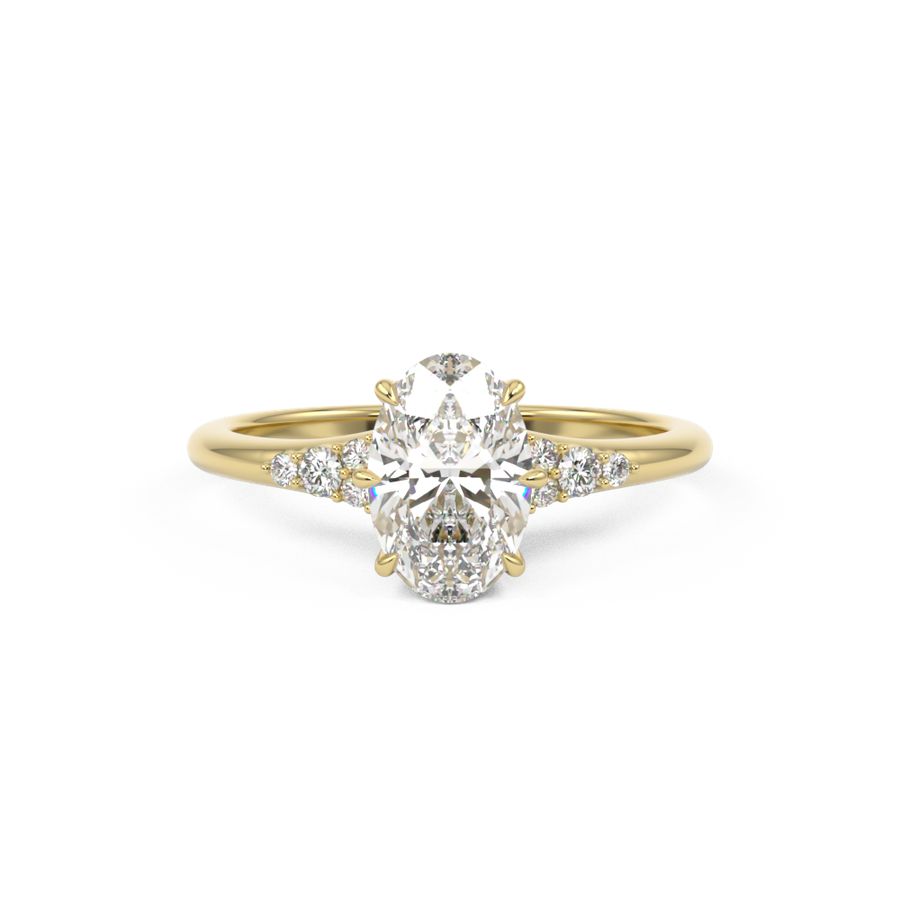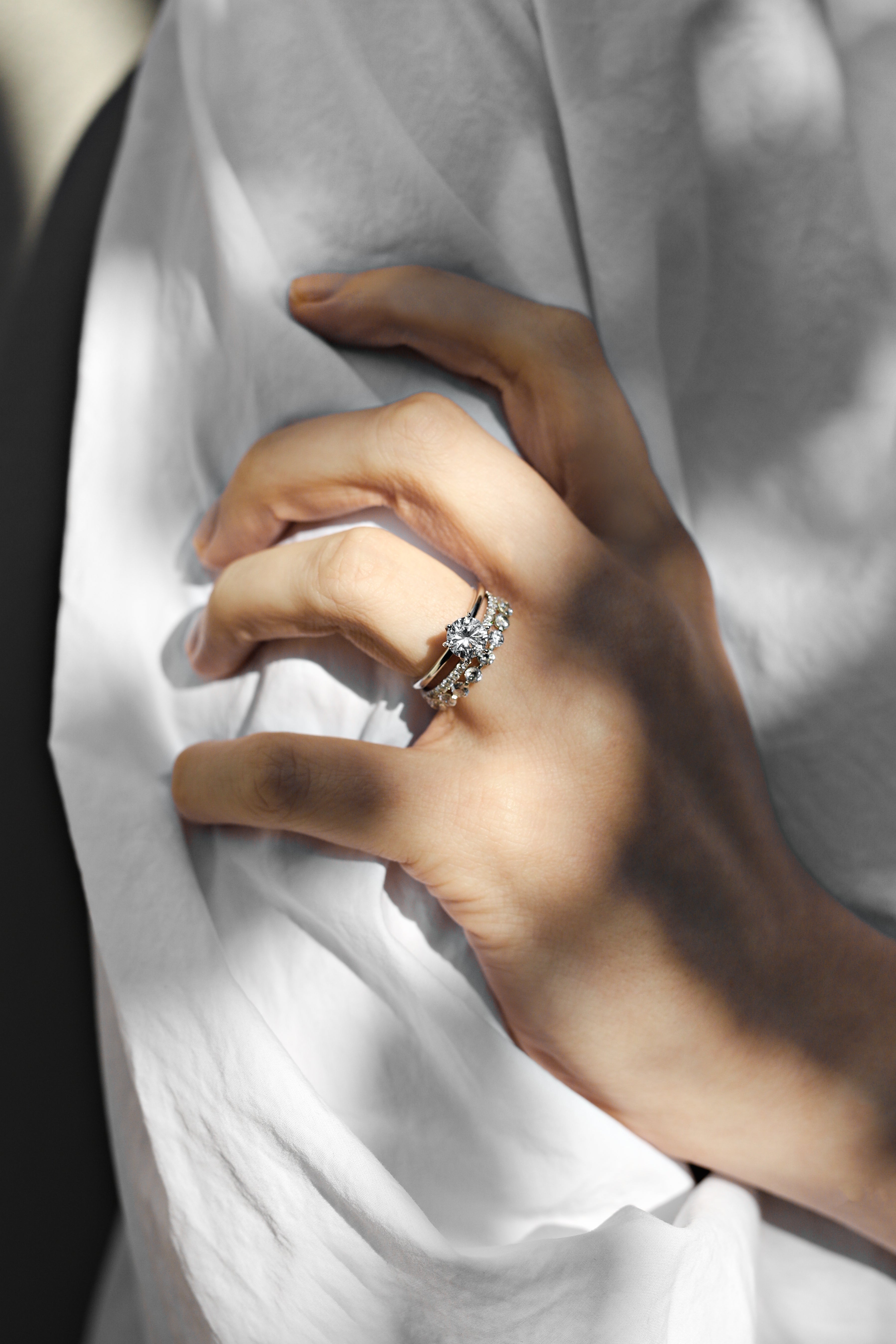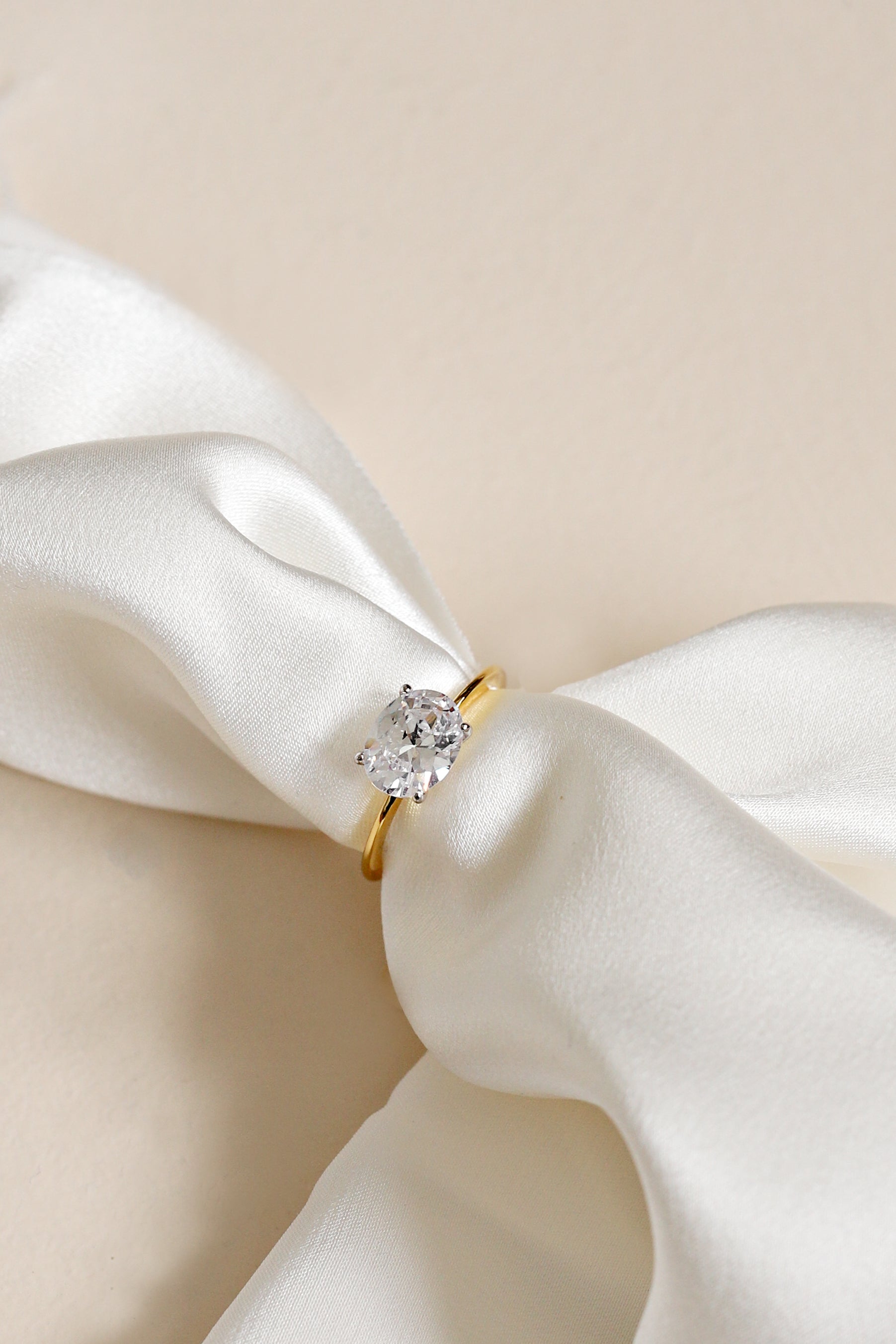Vitreous enamel
Definition and Properties of Vitreous Enamel
- Vitreous enamel is made by fusing powdered glass to a substrate through firing.
- It creates a smooth and durable coating on materials such as metal, glass, ceramics, and stone.
- The melting point for vitreous enamel is usually between 750 and 850°C (1,380 and 1,560°F).
- The word 'vitreous' comes from the Latin word 'vitreus,' meaning glassy.
- Enamel can be used in various applications, including jewelry, decorative art, and consumer objects.
- Vitreous enamel can be applied to most metals, including steel, gold, silver, copper, and cast iron.
- Enamel is smooth, hard, chemically resistant, durable, and scratch-resistant.
- It has long-lasting color fastness, is easy to clean, and does not fade under ultraviolet light.
- Enamel can crack or shatter when the substrate is stressed, but modern enamels are chip- and impact-resistant.
- Enamel has been used in various industries, such as automotive, kitchen appliances, and construction.
Historical Use of Enamel
- Enameling has been a widely adopted technology throughout history, primarily used in jewelry and decorative art.
- Since the 18th century, enamel has also been applied to metal consumer objects, such as cooking vessels and appliances.
- Enamel has been used on marker boards, signage, and industrial materials like enamel paint and enameled wire.
- The word 'enamel' comes from the Old High German word 'smelzan' or the Latin word 'smaltum.'
- The spelling 'enamelled' and 'enamelling' is preferred in British English, while 'enameled' and 'enameling' are preferred in American English.
- The earliest use of enamel can be traced back to the 13th century BC with Mycenaean rings from Cyprus.
- Enamel was used in ancient Egypt and Greece, although its use remained rare.
- The technique of enamel was also present in the Koban culture of the Caucasus and was possibly carried by the Sarmatians to the ancient Celts.
- The Battersea Shield and the Staffordshire Moorlands Pan are examples of ancient enamel decoration in Britain.
- Some artifacts prepared for enamel have been found in different regions, adding to the uncertainty of early enamel use.
- Enamel played a significant role in European art during the Middle Ages.
- Byzantine enamel style influenced the peoples of Migration Period northern Europe.
- Limoges, France, became a famous center for vitreous enamel production, specializing in champlevé enamels.
- Painted enamel became popular during the Renaissance and Mannerist periods in France, and later spread to England.
- A Russian school developed enamel techniques for objects like crosses and small icons.
- Enamel was established in the Mughal Empire around 1600 for decorating gold and silver objects.
- Mīnākār (enamellers) were employed by the Mughal court.
- Transparent enamels were popular during the reign of Shah Jahan.
- Both cloisonné and champlevé techniques were used in Mughal enamel work.
- Enamel was first applied commercially to sheet iron and steel in Austria and Germany in the 1850s.
- Industrialization led to improvements in enamel production processes and efficiency.
- Enamel is favored by jewelry designers, including Art Nouveau jewelers and Fabergé.
- Enamel-based art experienced a resurgence in the Soviet Union and Australia.
- Enamel was first applied commercially to sheet iron and steel in Austria and Germany in the 1850s.
- Industrialization led to improvements in enamel production processes and efficiency.
Enamel in China and Japan
- The cloisonné technique reached China in the 13th-14th centuries, influenced by Byzantium or the Islamic world.
- Chinese cloisonné enamels from the early Ming dynasty are highly valued, with elaborate and intricate designs.
- Japan began making three-dimensional enamelled objects in the 1830s, following the analysis of Chinese objects.
- Japanese enamel art reached its peak during the Meiji and Taishō eras.
- Moriage design technique was used in Japanese enamelling, as seen in Imperial vases by Ando Jubei.
- Enamel decoration in Japan dates back to the late 19th/early 20th century.
- Cloisonné, known as 'shippo' in Japan, was initially used for imported objects from China.
- Kaji Tsunekichi played a significant role in starting Japan's enamel industry.
- The Nagoya cloisonné company helped improve the quality of enamel work.
- Japanese enamels rapidly improved in quality and design from 1870 onwards.
- German scientist Gottfried Wagener advised Japanese industry and improved production processes.
- Transparent black enamel developed by Wagener and Namikawa Yasuyuki was used for backgrounds.
- Wagener and Tsukamoto Kaisuke improved firing processes and expanded the variety of enamel colors.
- Kawade Shibatarō introduced techniques like drip-glaze and repoussé.
- Namikawa Sōsuke developed techniques like minimised wires and wireless cloisonné.
Indian and Islamic Enamel Art
- Enamel was established in the Mughal Empire around 1600 for decorating gold and silver objects.
- Mīnākār (enamellers) were employed by the Mughal court.
- Transparent enamels were popular during the reign of Shah Jahan.
- Both cloisonné and champlevé techniques were used in Mughal enamel work.
- Modern industrial production of enamel began in Calcutta in 1921.
Modern Applications of Enamel
- Enamel is used in various applications, including kitchen appliances, advertising signs, and chalkboards.
- Enamel coatings on steel panels provide protection to the core material.
- Used for cladding road tunnels, underground stations, building
Vitreous enamel Data Sources
| Reference | URL |
|---|---|
| Glossary | https://harryandcojewellery.com.au/blogs/glossary/vitreous-enamel |
| Wikipedia | http://en.wikipedia.org/wiki/Vitreous_enamel |
| Wikidata | https://www.wikidata.org/wiki/Q213371 |
| Knowledge Graph | https://www.google.com/search?kgmid=/m/01tp42 |

